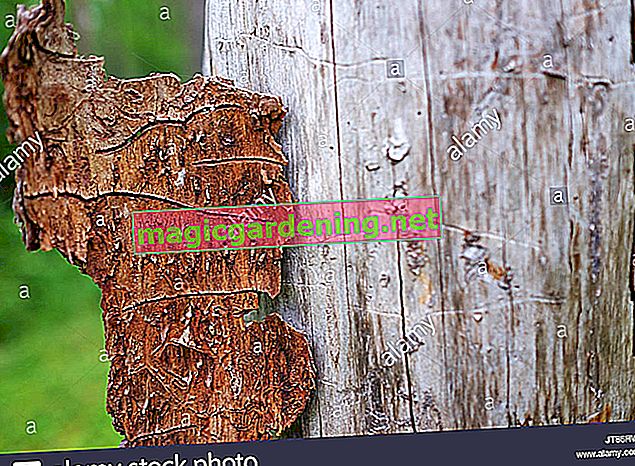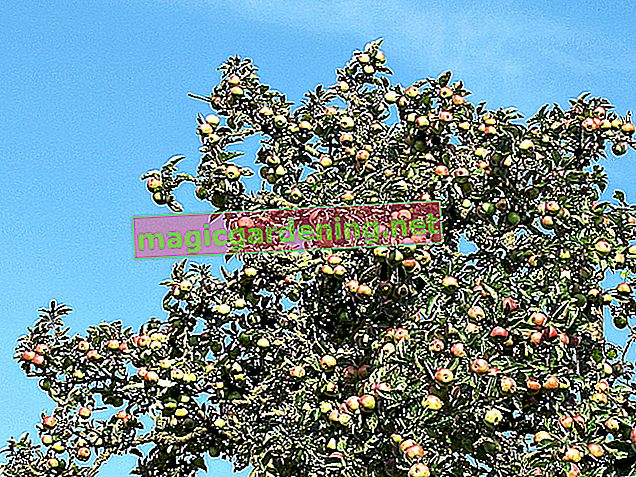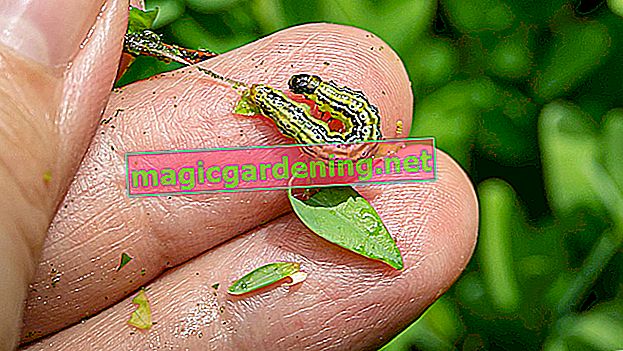
Different types of bark beetles
Pine trees are particularly susceptible to two types of bark beetles:
- the bark beetle that is brooding
- and the wood-brooding bark beetle
also read
- What to do if the peppermint suffers from powdery mildew
- Overview of different types of pine tree
- The pine blossom
Bark-brooding bark beetle
This pest lays its eggs under the bark of the pine tree. Its larvae later feed on the bast tissue, which serves as an important protective shield for the conifer. To a certain extent, the pine is able to ward off the beetle with a thick layer of resin. However, the pest emits odors that attract other animals. Although weakened trees are mainly sought out, healthy pines have no chance against mass infestation.
Wood-brooding bark beetle
The wood-brooding bark beetle, on the other hand, penetrates directly into the trunk. The egg-laying female brings in a fungus that later serves as food for the larvae. Furthermore, she destroys the wood with the construction of innumerable corridors that have a black discoloration.
That makes your jaw vulnerable
External factors weaken your jaw, making it easy for the pest to invade the trunk:
- warm summers (permanent temperatures above 17 ° C
- Snow break
- dryness
- Storms (favor a mass increase)
- Injuries to the bark
Symptoms
- from mid-April there is an increased risk
- brown dust at the foot of the trunk
- pronounced resin formation (can also indicate other diseases)
- red needles
- Needle ejection
- Fall of the bark
Combat
Only early detection can save your jaw from an infestation. Regular checks of the bark are therefore very important. You must remove infested trees immediately to avoid mass reproduction. Also, make sure that your jaw does not dry out and seal injuries to the bark. In the event of an infestation, it is best to inform the responsible forestry office in your area.








